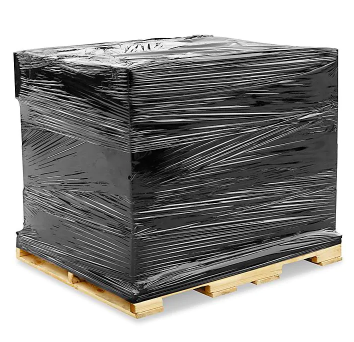In all competitive markets, a struggle often arises between buyers and sellers. Depending on the economy, the market may favor one side over the other. The shipper-carrier relationship is no different. As carriers seek to stay competitive, shippers seek better deals. In this market, a major point of contention is determining pricing for capacity used.
The carrier provides an estimate, dependent on accurate information from the shipper about the size, weight, and classification of their shipment. Without the right tools, determining accurate shipping data can be tough for shippers, leading to tension between the two sides.

With rising gas prices and driver shortages, carriers must be extremely mindful of their carrying capacity to keep costs at a reasonable and competitive rate. The logistics of predicting how much space shipments will take versus the capacity of their trucks can be quite a juggling act. There’s little room for error.
The carrier determines how they will transport shipments based on dimensions and weight specified by the shipper. However, what was specified and what is received do not always match up. In 2022, the average carrier audited 60% or more of the freight they transported. On average, 25-30% of these audits led to a reclassification of the freight, creating difficulties for the carrier who must reevaluate how this discrepancy will impact carrying capacity.
A carrier may agree upon a particular price for transport that is based on the dimensions and weight provided by the shipper. If the freight dimensions and weight are greater than those specified in the original agreement, the carrier will likely charge a higher rate than the original quote. In most cases, an additional fee will be added for correcting the discrepancy. In turn, the shipper gets hit with unexpected charges creating frustration and a lack of trust, resulting in a strain on the shipper-carrier relationship.
In a recent interview on the Cubiscan podcast, Scooter Sayers, president of Sayers Logistics, referred to a shipper-carrier pledge as a possible solution to this struggle. This pledge would be an agreement between the carrier and shipper of what would be considered “good-enough”.
This may be an acceptable percentage of error in the dimensions and weight of items shipped. The carriers would allow a certain amount of buffer room in their capacity calculations for an agreed upon variance. In this way, the shippers could have greater confidence that no unforeseen costs would arise.
According to Sayers, this would not necessarily have to be a strictly signed pledge, but more of an agreement or understanding between shippers and carriers. Carriers must trust that they will receive accurate dimensional and weight data from the shippers and shippers must trust that the carriers will give them an invoice that matches their agreed upon quote. This trust is at the heart of the logistics industry.
While such a pledge may not solve every logistics problem, it may go a long way in bettering relations between shippers and carriers. It is just one effort to find better ways of tackling real world problems. The key to securing trust between shippers and carriers is to provide accurate and consistent dimensioning and weight data.
At Cubiscan, we pride ourselves in helping foster greater trust between shippers and carriers by providing the most consistent and accurate dimensional data available.
If you are interested in seeing how the Cubiscan S9 can help your shipping operation provide accurate dimensional data, click the button below or send an email to info@cubiscan.com

